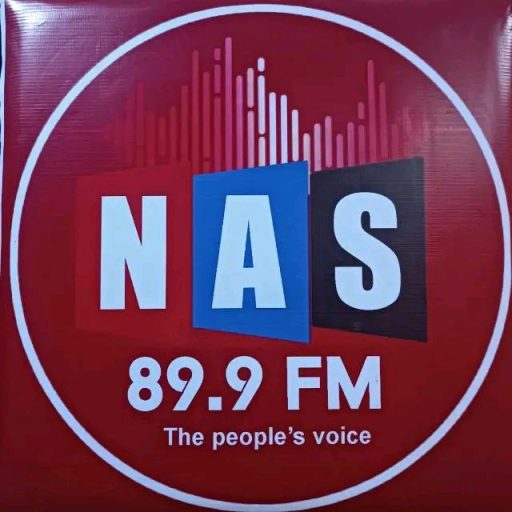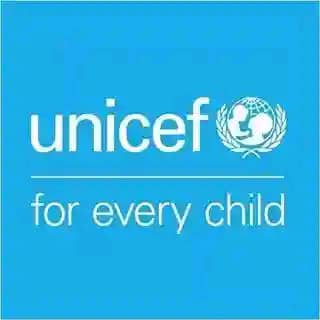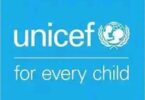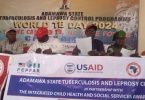By Tasi’u Hassan
The United Nations Children’s Fund (UNICEF) has organized a state-level sensitization on safe school implementation and monitoring in Adamawa State amidst concerns about school safety in some parts of the country.
During the event organised for Education Secretaries of the 21 local government areas of Adamawa State and other education stakeholders from the local governments, UNICEF identified protracted conflict, violence, attacks on schools, increasing hostilities, and growing climate-related hazards as some of the factors hindering the fulfillment of children’s right to education in Nigeria.
In his presentation at the meeting in Yola, the Adamawa State UNICEF Education Consultant, Mr. Joel Jutum, said data gathered from the annual school census, Multiple Indicator Survey Report, and School Enrollment Data indicate that 437,563 school children are vulnerable to school hazards in Adamawa State.
Mr. Joel explains “These numbers that we mentioned here are numbers that we got from our annual school census, from the Multiple Indicator Survey Report that we have, and also numbers that we get from our school enrollment data. We have schools up to today that are under the shade, meaning, full public schools that have no single classrooms not to talk of a block of classrooms. Such schools allow the entire children in those schools to be vulnerable to hazards. It could even be rain, or storms because there’s no even shade for them to sit there.
“We also have schools that have reported to us because of their locations close to riverine areas, because their community is prone to crisis, they have been displaced many times. Anytime there’s a crisis, the military will take over their schools for their military base and People too that are displaced take over as their camps.
“So, it is from those types of collections from the number of schools that are displaced, number of schools that are shut down because of crisis, number of schools that are shut down because of flood and things like that, that gave us this total number. But this number I tell you is even less because we sample schools, then there are hard-to-reach areas that we haven’t reached. Therefore, cannot speak for them. But we know that close to half a million children are vulnerable to school hazards, both natural and man-made hazards”, Mr Joel added.
He said the objective of the meeting was to enlighten the education stakeholders at the state and local government level on the implementation of the Safe School declaration.
“Nigeria signed as a member state to that declaration, and is not enough just to sign. We need to put structures in place to be able to address the issue of school safety. We don’t need to wait until when children are abducted or when there are a lot of glaring issues, and then we begin to do a reactive approach. Secondly, we are doing this to support local government education stakeholders to go and create awareness at the school level, because we have done it at the state level.
As part of its efforts to institutionalize school safety, Mr Joel said the Nigerian government developed minimum standards for safe schools, which are ensuring Strong School System, protection against Natural hazards, Conflict, Violence Against Children, Everyday hazards, and ensuring Safe School Infrastructure.
Some of the recommendations made under the six minimum standards for Safe Schools include the need for schools to have a focal point for reporting threats and have phone lines for emergency responses, while states must make available funding to schools to construct perimeter fencing, lockable school gates, renovate buildings, and provide furniture.
While urging the participants to translate what they learned in their various places of work, the Executive Chairman, Adamawa State Universal Basic Education Board, Dr. Murtala Umar Babayi, said the state government will explore best practices, identify challenges, and collaborate on solutions to create a robust safety framework for schools.
At the end of the meeting, the education stakeholders submitted their dates for holding local government-level sensitization on safe schools implementation and monitoring, where they will sit with Headteachers, Principals, and proprietors of private schools in their local governments to brainstorm and set up structures for the implementation of the school safety in their schools.









Leave a Comment